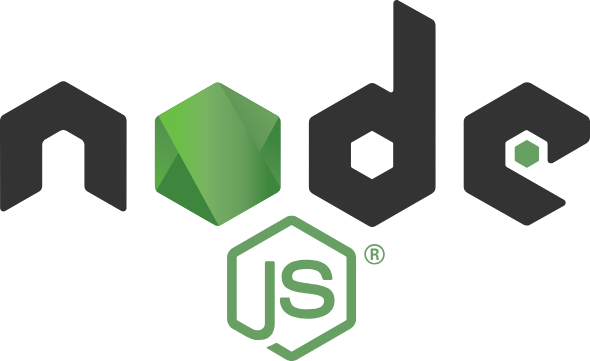NODE JS INTRO
Node.js is an open-source, cross-platform runtime environment that enables developers to run JavaScript code on the server. Node.js, which is based on the V8 JavaScript engine used by Google Chrome, provides high-performance, scalable, and efficient applications, particularly for real-time and data-intensive operations.
Features of Node.js
Node that is both event-driven and asynchronous.Because of its event-driven, non-blocking I/O mechanism, JavaScript is a lightweight and effective programming language. This enhances performance by enabling programs to manage several requests at once.
Fast Execution: The V8 engine, which powers Node.js, translates JavaScript straight into machine code, guaranteeing quicker execution.
One Language for Programming
Node.js encourages code consistency and reuse by enabling developers to utilize JavaScript for both front-end and back-end development.
A Wealthy Ecosystem
Development is made easier by the extensive collection of open-source libraries and tools that are accessible through the Node Package Manager (NPM).
Scalability
Node.js has built-in support for load balancing and clustering, making it scalable.
*Applications in Real Time
Because of its event-driven architecture, it is perfect for chat apps, online gaming, and live notifications.
*RESTful APIs for online and mobile applications are frequently created using Node.js.
*Applications for Streaming
effectively supports streaming applications for music and video.
*Applications That Require a Lot of Data
It is appropriate for applications such as analytics dashboards since it can handle massive volumes of data.
Building a Basic Node.js Application
Here’s how to create a simple server using Node.js:
Step 1: Install Node.js
Download and install Node.js from the NODE JS official website. Confirm the installation by running:
node -v
npm -vStep 2: Create a Project Directory
mkdir my-node-app
cd my-node-appStep 3: Initialize the Project
npm init -yThis creates a package.json file to manage dependencies.
Step 4: Create a Server
Create a file named app.js and add the following code:
const http = require('http');
const server = http.createServer((req, res) => {
res.statusCode = 200;
res.setHeader('Content-Type', 'text/plain');
res.end('Hello, World!');
});
const PORT = 3000;
server.listen(PORT, () => {
console.log(`Server running at http://localhost:${PORT}/`);
});Step 5: Run the Server
Start the server by running:
node app.jsVisit http://localhost:3000/ in your browser to see the message "Hello, World!".
Benefits of Node.js
*Performance and speed: Perfect for applications requiring high throughput.
*Community Support: A sizable and vibrant community guarantees ongoing development and resource accessibility.
*Compatibility across platforms: compatible with Linux, macOS, and Windows.
Restrictions with Node.js
Single Threaded: This method is effective for I/O operations, but it can stall the event loop for CPU-intensive jobs.
Callback Hell: Code that relies too much on callbacks may be more difficult to maintain.
In conclusion,
Because Node.js allows JavaScript to be used end-to-end, it has completely changed server-side development. It is a great option for contemporary web applications due to its speed, broad ecosystem, and asynchronous nature. Node.js gives you the resources and adaptability you need to be successful, regardless of the size of your project—from a small project to a massive business application.

